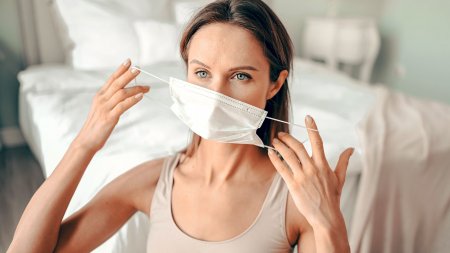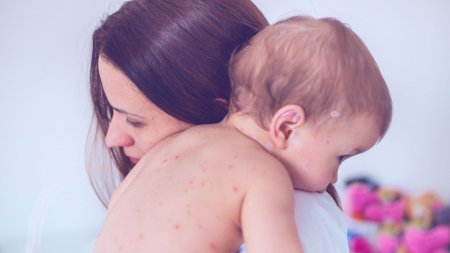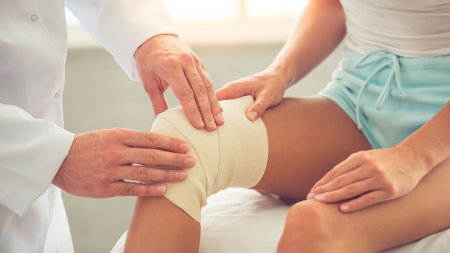The mother will be encouraged to start moving around from day 1. If all goes well, the bandage will be removed the next day and targeted care applied. If the edges of the wound* have closed together, the midwife may apply scar healing cream.
Once at home, usually 4-5 days after the procedure, it’s recommended to clean the skin once a day with pH neutral, and then apply a repairing care product once or twice a day.
Depending on the mother’s physical and psychological state, she can start massaging the scar within 15 days, so that it’s less noticeable once fully healed. She should continue doing this while the scar remains red and/or uncomfortable. The healing process can be long and take up to 2 years.
















